16 Delicious Herbs You Should Grow in Your Summer Garden
When summer rolls around, there’s no better time to start growing fresh herbs in your garden. Herbs not only add vibrant flavors to your meals, but they also bring a pleasant aroma to your outdoor space. Whether you are a seasoned gardener or just getting started, there are plenty of herbs that thrive in the summer heat. From fragrant basil to flavorful rosemary, these herbs are perfect for adding a touch of freshness to your cooking. Many of them are easy to care for and can be grown in containers or garden beds. In this article, we’ll explore the best herbs to grow in your summer garden. Get ready to enhance your culinary creations with the freshest herbs possible!
This post may contain affiliate links, which helps keep this content free. Please read our disclosure for more info.
Basil
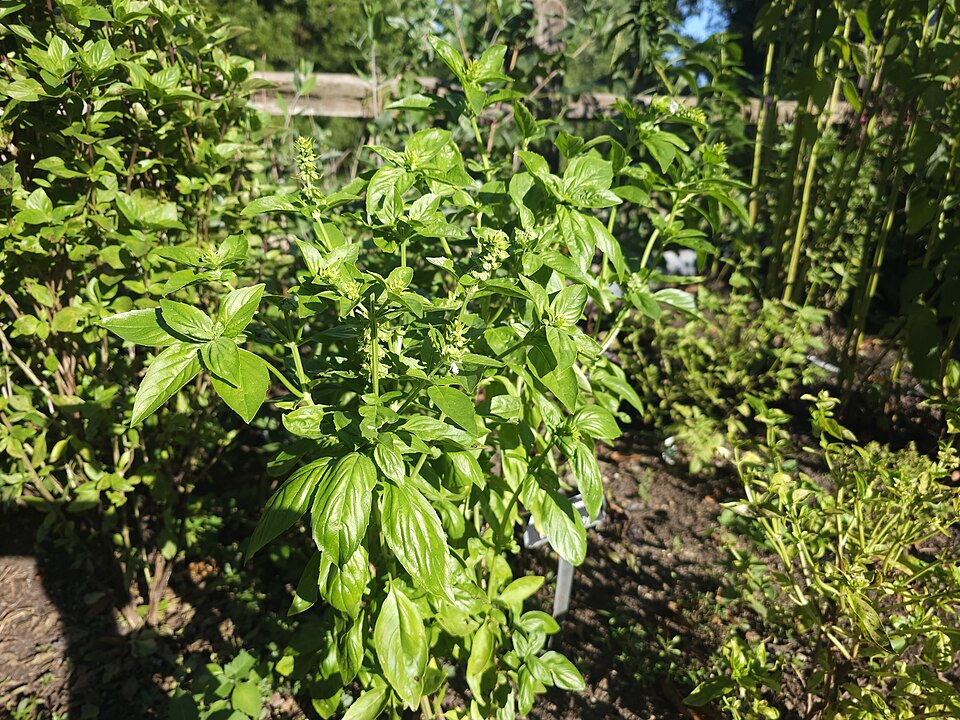
Basil is a classic herb that thrives in warm weather, making it a perfect choice for your summer garden. It enjoys full sun and requires well-drained, rich soil to grow to its full potential. The aromatic leaves are often used in Mediterranean dishes, offering a burst of flavor to pasta, salads, and even cocktails. With its fast growth, basil can be harvested throughout the season, and regular trimming encourages new growth, helping it stays healthy.
There are several varieties of basil, including sweet basil, Thai basil, and purple basil, each offering its unique flavor profile. Sweet basil is the most common and is widely used in pesto, while Thai basil offers a spicier taste and is ideal for Asian cuisine. Growing basil is easy, and it can be grown in containers or directly in the ground. However, it is sensitive to cold, so it should be harvested before the first frost of the season.
Mint
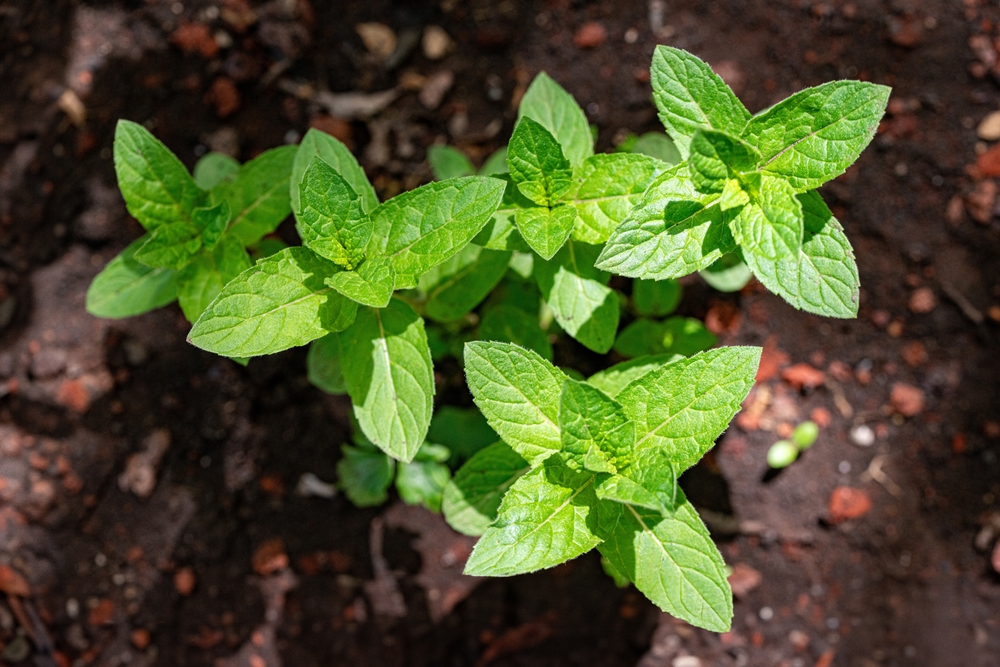
Mint is a vigorous herb that grows quickly and is perfect for a summer garden. It prefers moist, well-drained soil and partial shade, although it can also tolerate full sun. Known for its refreshing flavor, mint is used in everything from beverages like iced tea and mojitos to savory dishes and desserts. Its leaves are rich in essential oils, which not only provide a delightful scent but also offer medicinal properties, such as aiding in digestion.
Because mint is so hardy, it can be invasive if not properly managed. It is best to plant mint in containers to prevent it from taking over your garden. Popular varieties include spearmint, peppermint, and chocolate mint, each offering slightly different flavors. Whether you use it in cooking or for its soothing properties, mint is an easy and rewarding herb to grow during the summer.
Thyme

Thyme is a versatile herb that grows well in the summer heat, making it an excellent addition to any garden. It thrives in full sun and prefers well-drained, slightly alkaline soil. Thyme’s tiny, fragrant leaves are packed with flavor, making it a staple in Mediterranean and European cooking. It is often used to season meats, soups, and roasted vegetables, adding a savory depth to dishes.
Not only is thyme easy to grow, but it is also a hardy perennial, meaning it will return year after year with little maintenance. Thyme is drought-tolerant once established, making it ideal for dry summer gardens. It can be grown in containers, garden beds, or even along pathways as a low-growing ground cover. With a wide variety of types, from lemon thyme to creeping thyme, you can experiment with different flavors and aromas.
Rosemary
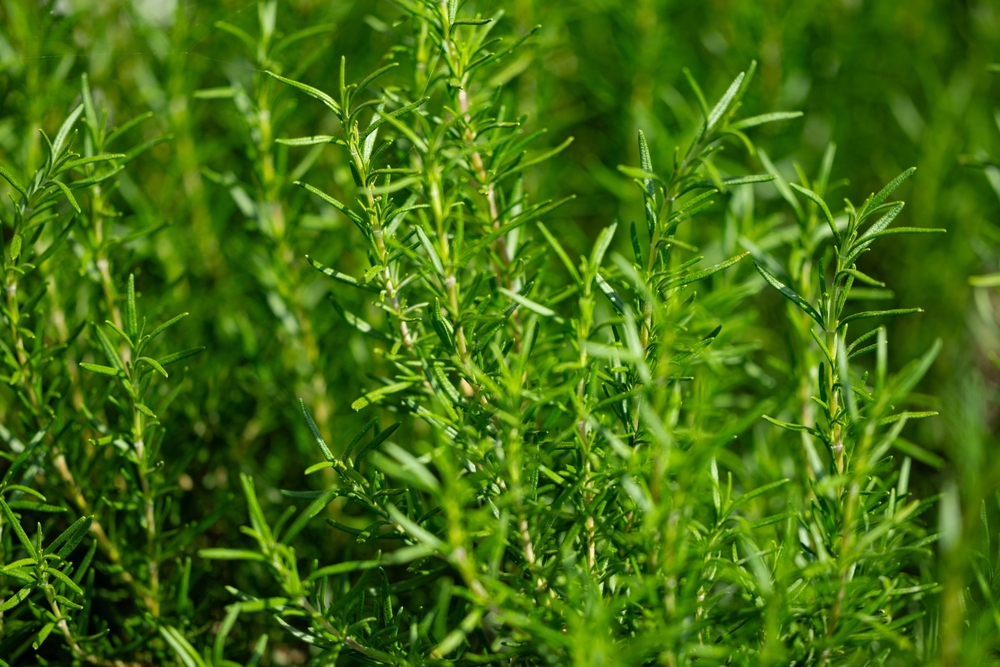
Rosemary is a fragrant, woody herb that does well in the heat of summer. It thrives in full sun and well-drained soil, making it suitable for a variety of garden settings, from containers to garden beds. Known for its pine-like aroma, rosemary adds a bold, savory flavor to dishes such as roasted lamb, chicken, and potatoes. It is often used in Mediterranean cooking and pairs well with garlic and olive oil.
This herb is a hardy perennial, meaning it can survive multiple seasons in your garden. Rosemary prefers dry conditions once established, so it does not need frequent watering. It is also resistant to pests, making it an easy herb to maintain. Rosemary can grow quite large, so it may require some pruning to keep it in shape and encourage healthy growth. The plant’s needle-like leaves and blue flowers make it both a flavorful and decorative addition to your summer garden.
Oregano

Oregano is a must-have herb for any summer garden, known for its robust flavor and ability to thrive in warm weather. It grows well in full sun and well-drained soil, and once established, it is drought-tolerant. Oregano is commonly used in Italian and Greek dishes, such as pasta sauces, pizzas, and grilled meats. Its leaves have a pungent, earthy taste, making it a perfect addition to savory recipes.
Oregano is a perennial herb, meaning it will return each year with minimal effort. It grows quickly and can spread, so it may need to be contained to prevent it from taking over your garden. There are different varieties of oregano, including Greek oregano, Mexican oregano, and Mediterranean oregano, each offering a slightly different flavor. Oregano also attracts pollinators like bees, which is a great benefit for your garden.
Chives

Chives are a mild-flavored herb that grows well in the summer heat and is perfect for adding a fresh, onion-like taste to dishes. They thrive in well-drained soil with a moderate amount of sun. Chives are ideal for adding flavor to salads, soups, and baked potatoes, and they also work well as a garnish. Their long, slender leaves can be snipped throughout the growing season, offering fresh flavor without the need to harvest the entire plant.
Chives are easy to grow and care for, requiring little attention once they are established. They are a perennial herb, meaning they will continue to grow year after year, making them a great investment for your garden. Additionally, chives produce delicate purple flowers that attract pollinators, adding beauty to your garden. The plants are also known for being resistant to pests, making them an excellent choice for organic gardening.
Parsley
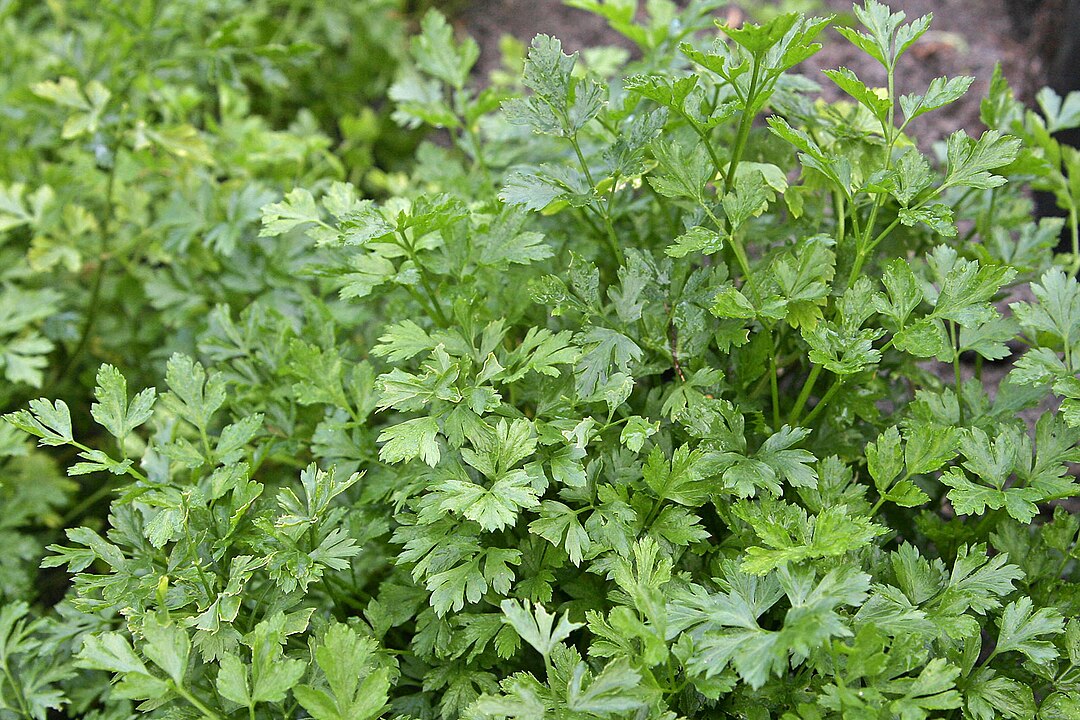
Parsley is a versatile herb that is easy to grow and thrives in the summer heat. It prefers full sun but can tolerate partial shade, making it a great choice for gardens with varying light conditions. Parsley is commonly used as a garnish, but it is also a key ingredient in dishes like tabbouleh, pesto, and sauces. There are two main varieties of parsley: curly-leaf and flat-leaf, with the latter having a more robust flavor.
Parsley grows quickly and can be harvested multiple times throughout the summer, providing fresh, nutritious greens for your kitchen. It prefers rich, well-drained soil and should be watered regularly, but not overwatered. Parsley can be grown in containers or directly in the ground, and it does well in both sunny and partially shaded areas. Its bright green leaves will add a fresh touch to any dish, making it a must-have in any summer garden.
Sage
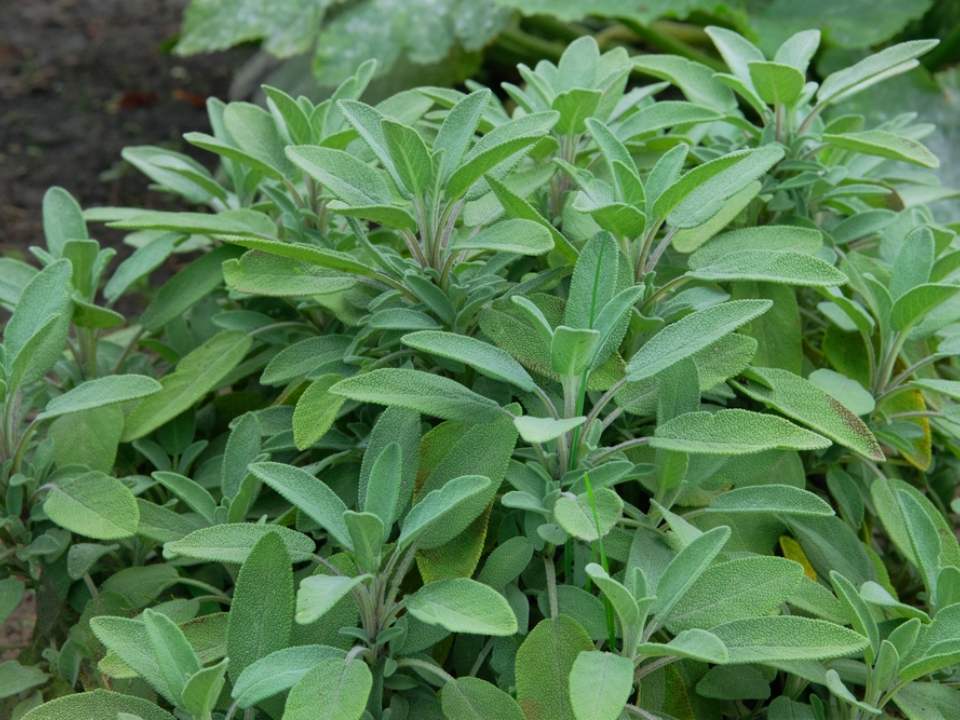
Sage is a hardy herb that does well in warm weather and dry conditions. It thrives in full sun and well-drained soil, making it a perfect addition to your summer garden. Sage is known for its strong, earthy flavor, which pairs wonderfully with meats, stuffing, and even pasta dishes. Its leaves are grayish-green with a velvety texture, and the plant produces spikes of purple or blue flowers.
Sage is a perennial herb, meaning it will return year after year, making it a low-maintenance addition to your garden. It can grow quite large, so it may require some pruning to keep it in shape. Sage is relatively drought-tolerant once established, so it does not require frequent watering. Additionally, sage has medicinal properties and can be used to make soothing teas that promote digestion.
Cilantro
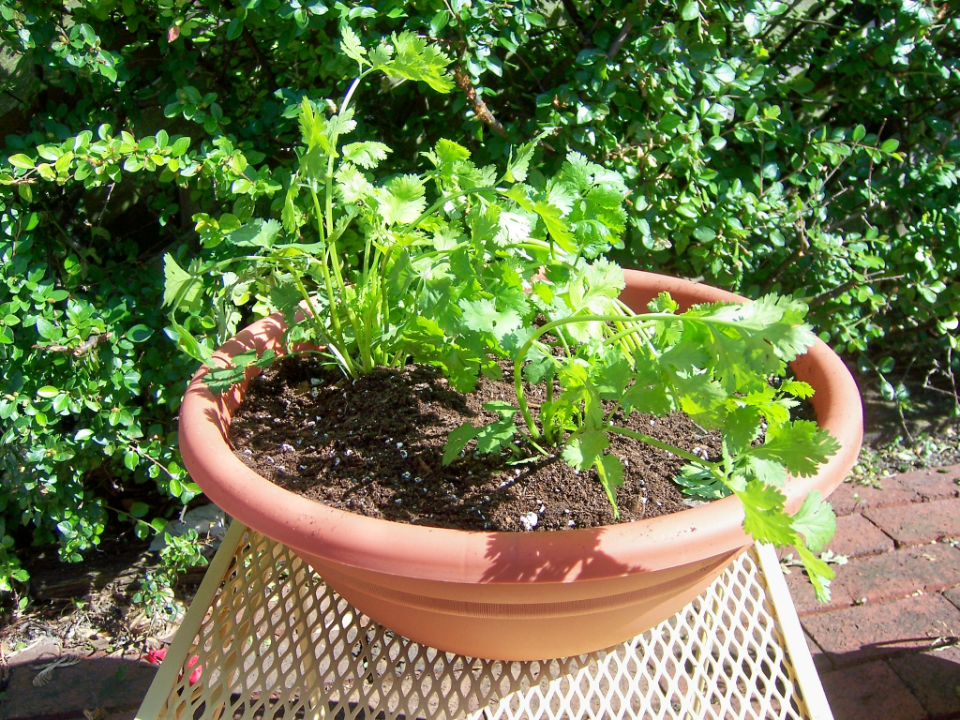
Cilantro is a fragrant herb that thrives in the cooler temperatures of early summer but can continue to grow through the warmer months. It prefers well-drained soil and full sun, although it can tolerate partial shade. The leaves of cilantro are commonly used in salsa, guacamole, and curries, providing a fresh, citrusy flavor. The plant also produces seeds, known as coriander, which are used in cooking and have a warm, spicy flavor.
Cilantro grows quickly, so it can be harvested regularly, providing fresh leaves for several weeks. However, cilantro tends to bolt (go to seed) when temperatures rise, so it is best to plant it early in the summer or in partial shade to extend its growing season. Cilantro can be grown in containers or garden beds and prefers moist, well-drained soil. If you love fresh, vibrant flavors, cilantro is a must-grow herb for your summer garden.
Tarragon
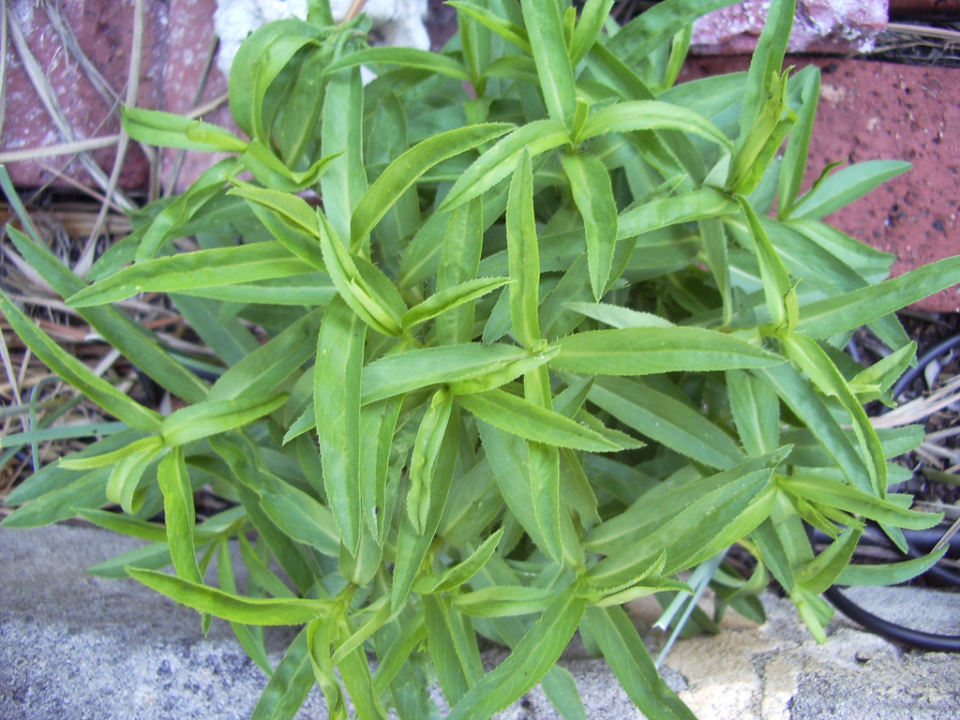
Tarragon is a unique herb with a strong, anise-like flavor, making it perfect for adding a distinctive taste to summer dishes. It grows best in full sun and well-drained soil, and it thrives in slightly acidic to neutral soil. Tarragon is often used in French cuisine, particularly in sauces like béarnaise and in salads. Its delicate, fern-like leaves add an aromatic touch to any dish, and it pairs well with chicken, fish, and eggs.
Tarragon is a perennial herb that can grow up to 3 feet tall, so it may need to be cut back during the growing season. It is drought-tolerant once established, requiring little water during the summer. Tarragon can be grown in containers, herb gardens, or along garden edges, where it can spread and fill in gaps. Its flavor and fragrance make it an excellent herb for anyone looking to elevate their culinary creations.
Lemon Balm
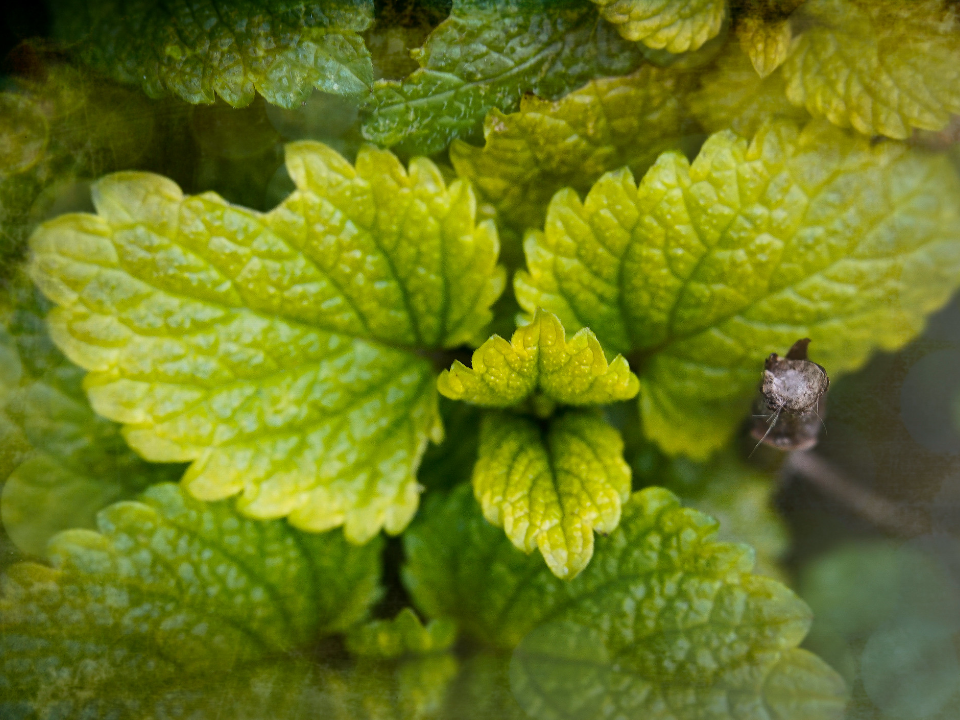
Lemon balm is a fragrant herb that thrives in full sun to partial shade, making it ideal for a variety of garden settings. Its lemon-scented leaves are perfect for adding a refreshing flavor to teas, salads, and desserts. Lemon balm is also known for its calming properties and can be used to make soothing herbal teas that promote relaxation and sleep.
Lemon balm is easy to grow and can quickly become invasive if not contained. It prefers rich, well-drained soil and regular watering, but it is relatively low-maintenance. Lemon balm is a perennial herb, meaning it will come back year after year, providing a continuous supply of fragrant leaves. Whether you want to use it in cooking or for its medicinal properties, lemon balm is a great addition to your summer garden.
Dill
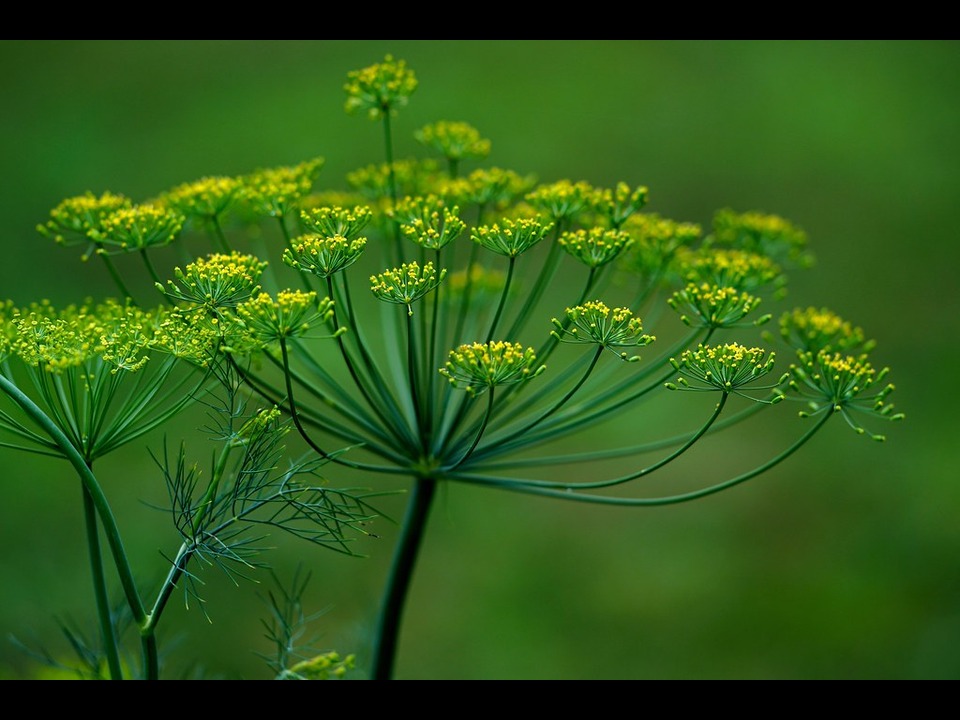
Dill is a fragrant herb that grows well in the summer heat, making it an excellent choice for a warm-weather garden. It thrives in full sun and well-drained soil and produces delicate feathery leaves that have a mild, tangy flavor. Dill is commonly used in pickles, salad dressings, and seafood dishes, and it pairs well with creamy dips and sauces.
Dill grows quickly and can be harvested multiple times throughout the summer. It is a short-lived annual, meaning it will complete its life cycle within one season, but it self-seeds easily, so you may find new plants popping up the following year. Dill also produces beautiful yellow flowers that attract pollinators to your garden. Whether you use it in cooking or simply enjoy its appearance in your garden, dill is a must-have herb for summer.
Chervil
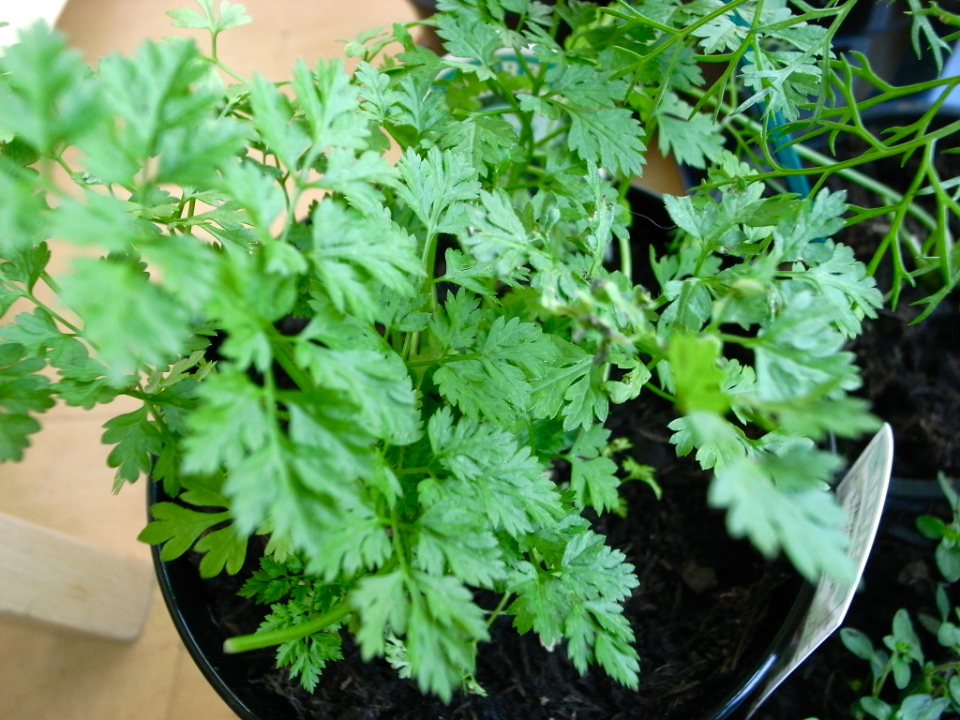
Chervil is a delicate herb that adds a mild, anise-like flavor to summer dishes. It grows well in cool weather, making it a great herb for planting early in the summer or in partially shaded areas. Chervil is often used in French cuisine and pairs well with eggs, soups, and salads. Its feathery leaves are tender and provide a subtle flavor, not overpowering other ingredients.
Chervil prefers moist, well-drained soil and regular watering, but it is relatively low-maintenance. It can be grown in containers or garden beds, and its soft green leaves add a fresh touch to any dish. Chervil can be harvested as needed, and its delicate flowers attract beneficial insects to your garden. Although it is an annual herb, chervil’s refreshing flavor makes it a great addition to your summer garden.
Fennel
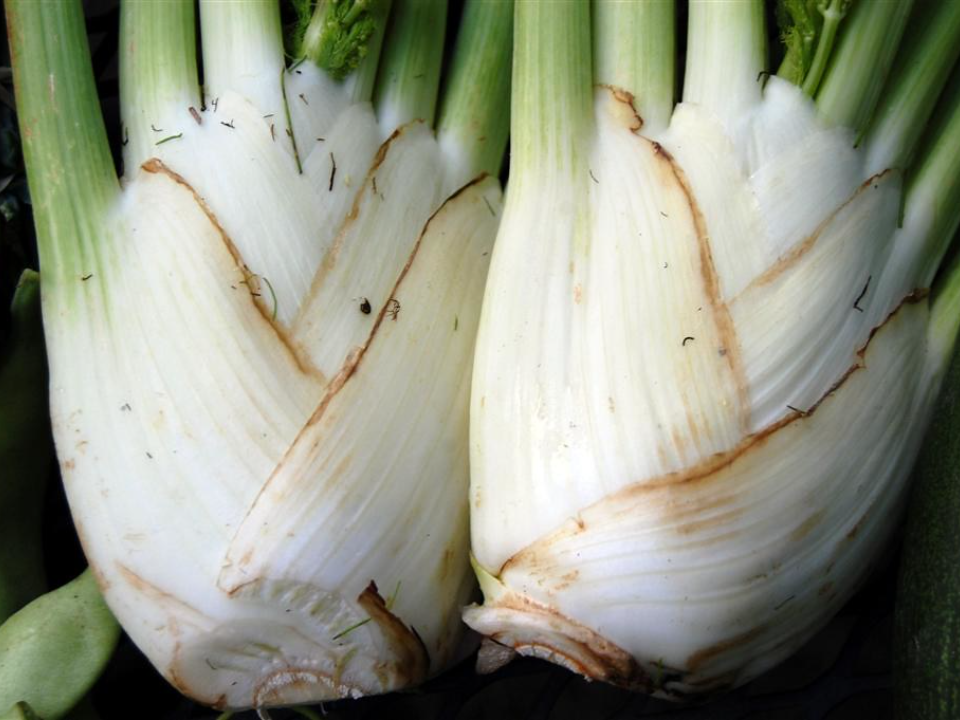
Fennel is a unique herb with a sweet, licorice-like flavor, making it perfect for adding a distinct taste to summer dishes. It prefers full sun and well-drained soil and grows best in slightly acidic to neutral conditions. Fennel has both culinary and medicinal uses, with its leaves, seeds, and bulbs all being edible. It pairs well with seafood, salads, and roasted vegetables, and the seeds are commonly used as a spice in cooking.
Fennel can grow quite tall, so it may need some support to keep it upright. It is a perennial herb, meaning it will come back year after year, providing fresh leaves and seeds for your kitchen. Fennel also attracts pollinators to your garden with its bright yellow flowers. Whether you use the leaves, seeds, or bulbs, fennel is a flavorful and attractive addition to your summer garden.
Lovage
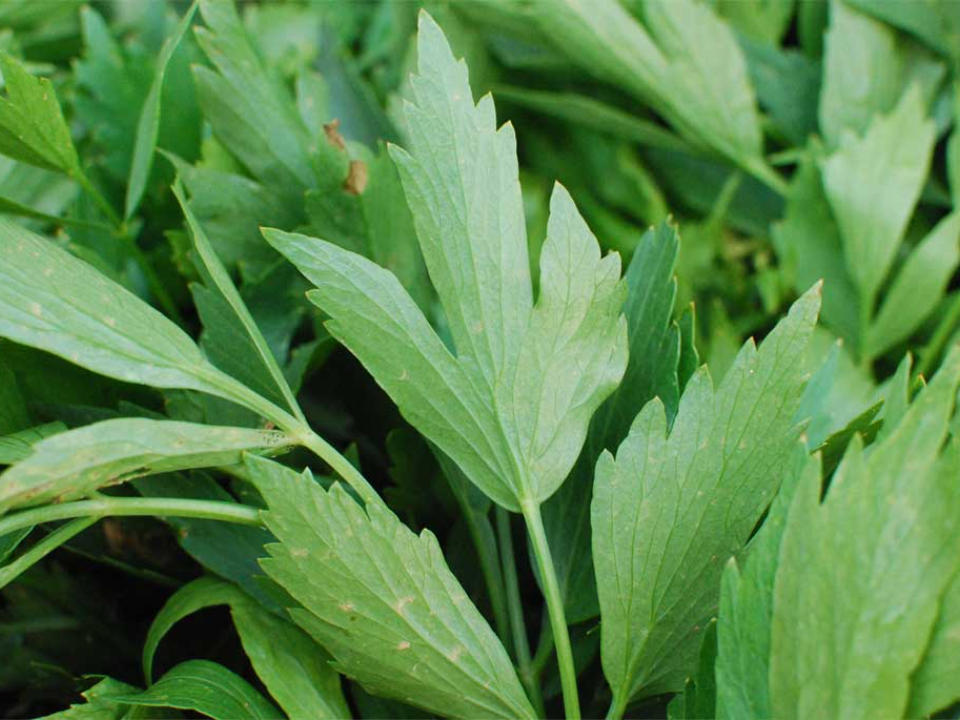
Lovage is an herb with a strong, celery-like flavor that thrives in the summer heat. It prefers full sun and rich, well-drained soil, and its tall, leafy stalks make it a striking addition to any garden. Lovage is used in soups, salads, and stews, providing a fresh, herbal flavor similar to celery. Its leaves can be harvested throughout the summer, and the plant’s seeds and roots are also edible.
Lovage is a perennial herb, meaning it will continue to grow year after year. It can grow quite tall, reaching up to 6 feet in height, so it is best suited for the back of garden beds or as a focal point in your herb garden. Lovage is drought-tolerant once established and requires little maintenance. Whether you use it in cooking or as an ornamental plant, lovage is a versatile and hardy herb to grow during the summer.
Marjoram
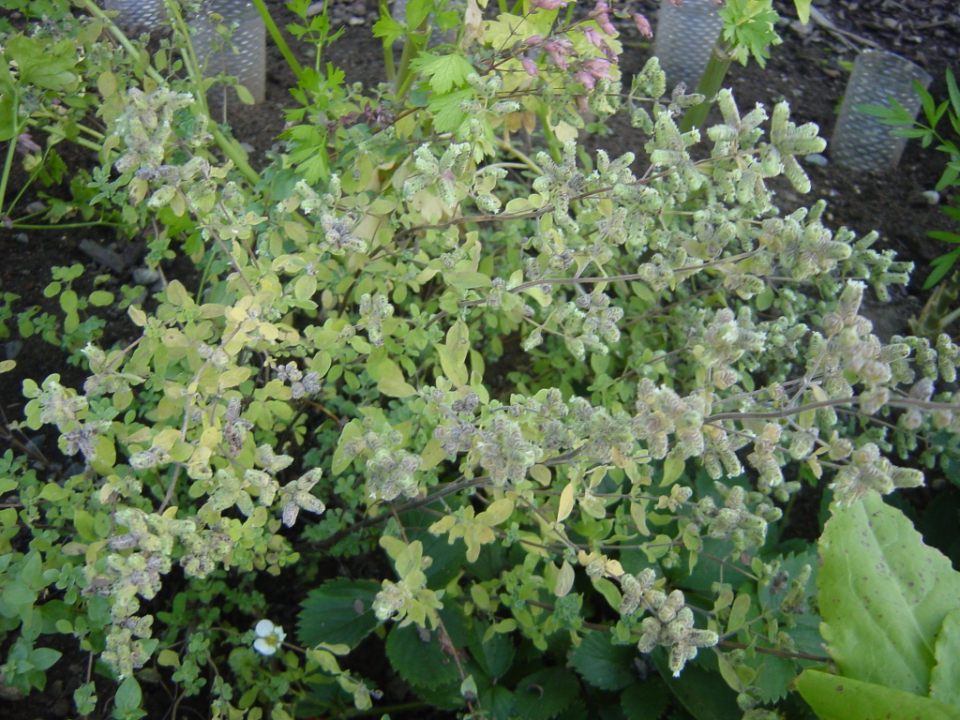
Marjoram is a sweet, mild-flavored herb that grows well in warm weather. It prefers full sun and well-drained soil, and it is ideal for adding flavor to Mediterranean dishes, meats, and vegetables. Marjoram has a delicate flavor compared to oregano, making it a great choice for those who prefer a milder, sweeter taste in their cooking. It is often used in salad dressings, sauces, and seasoning blends.
Marjoram is a hardy perennial, meaning it will come back each year with little care. It can be grown in containers or garden beds and is drought-tolerant once established. Marjoram’s soft green leaves and small flowers attract pollinators to your garden, making it a great addition for both culinary and ecological benefits. Whether you are a novice or experienced gardener, marjoram is a perfect herb for your summer garden.
